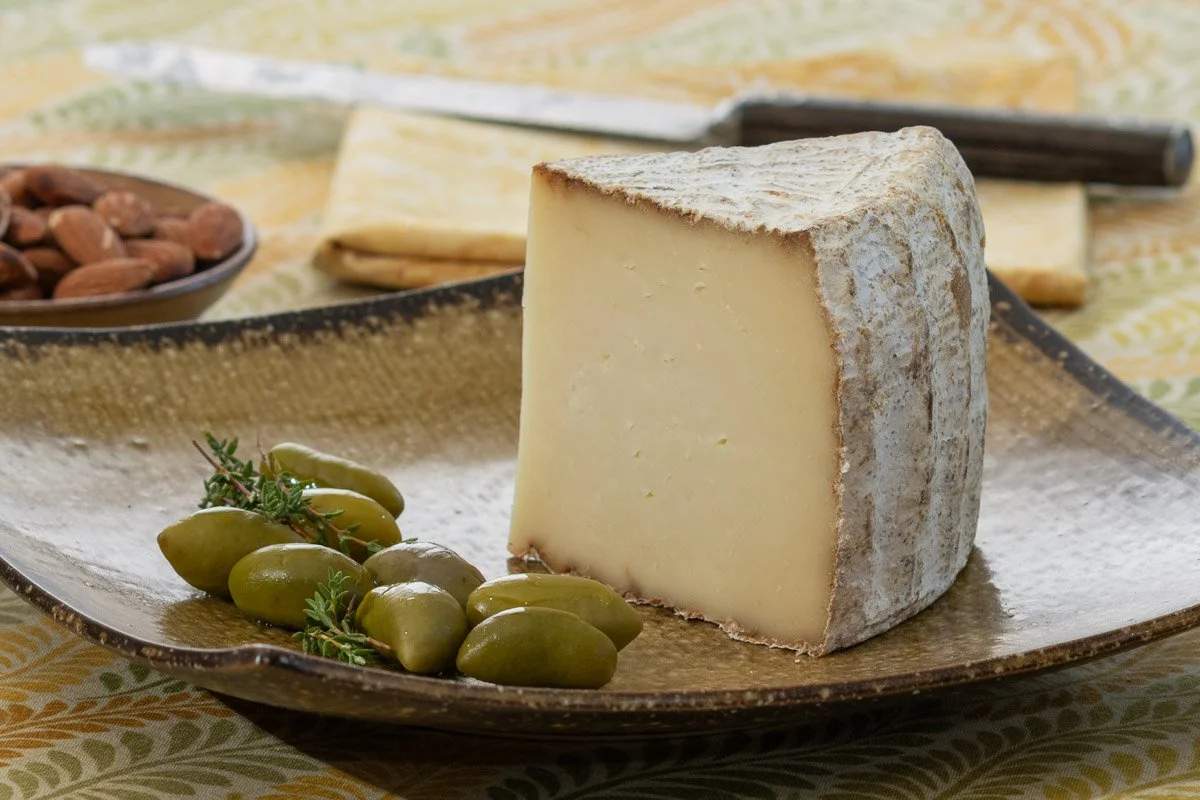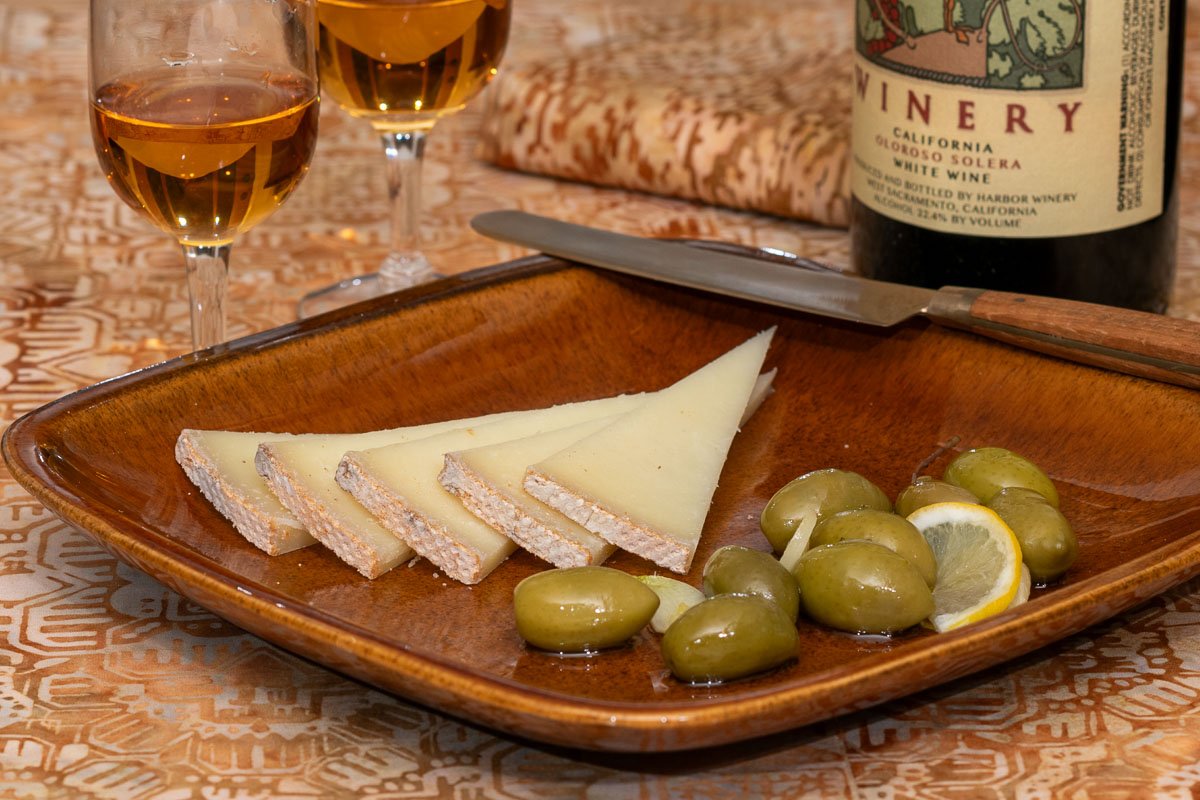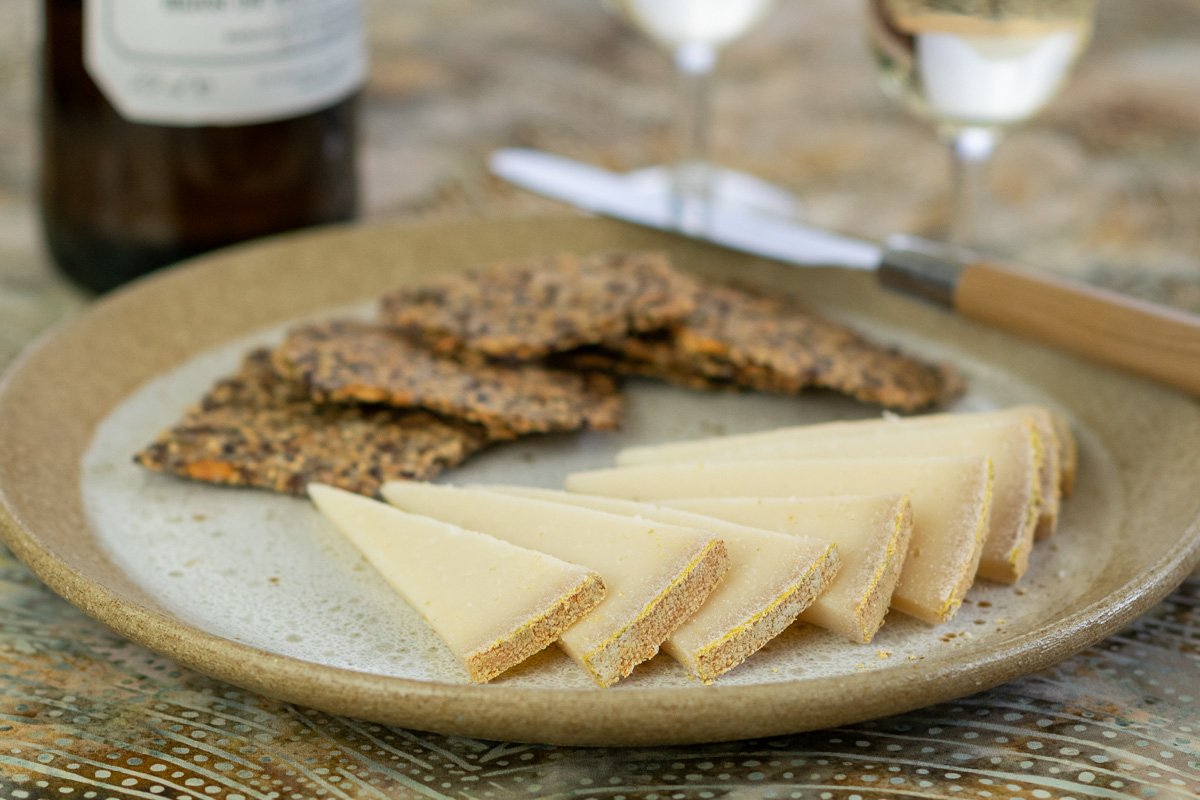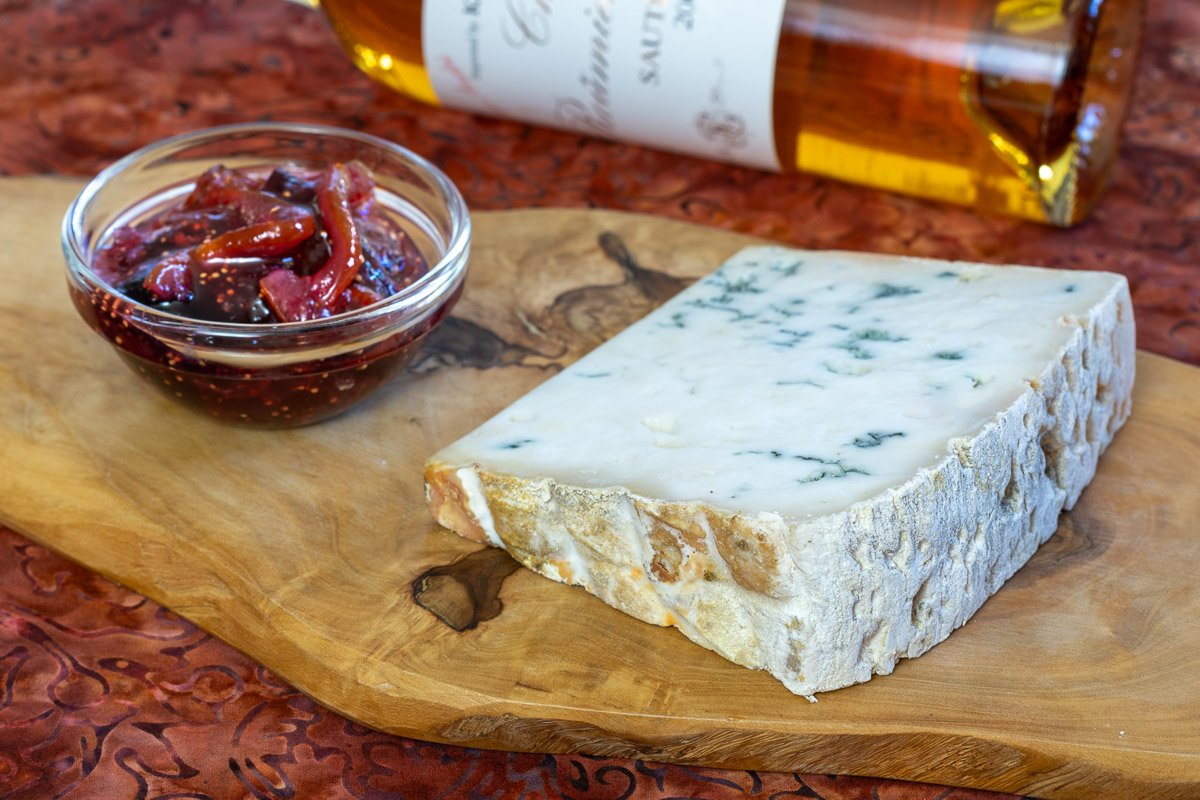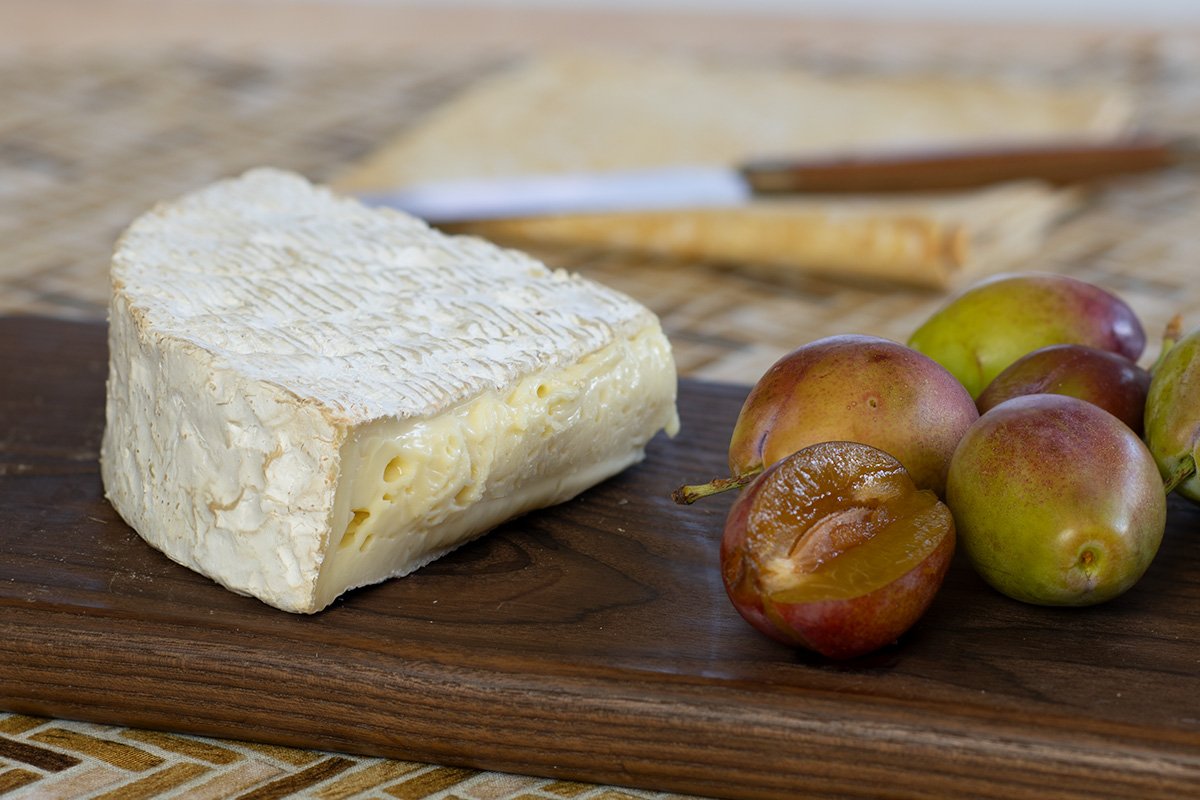My husband and I spent a memorable few weeks on Corsica several years ago, and I fell hard for the island and its cheeses. For good reason, it’s known (in translation) as both the Isle of Beauty and the Island of Shepherds. But when I tried to find similar Corsican cheeses at home, I largely struck out. I might occasionally score some Fleur du Maquis—a lovely creation, although Corsicans don’t eat it—but the rest of the island’s production was nowhere to be found. Until now.
Read moreThe Brie That Never Dies
Many years ago, I ordered cheese in a Paris restaurant (surprised?) and I vividly recall the moment it arrived at the table. “Le véritable Brie de Meaux,” the waiter announced as he set it down with ceremony, pronouncing each syllable slowly so we couldn’t miss his message: This was the real deal—raw-milk Brie with a protected name, the epitome of French soft-ripened cheese.
Read moreHappy Anniversary, Roquefort
Anniversary? Birthday? I wasn’t sure what to call it, but Roquefort is celebrating a milestone this year. That most iconic of French blue cheeses received the first AOC—appellation d’origine controlee—100 years ago this summer.
Read moreWhen Bad Things Happen to Good Cheese
I was hoping to order a favorite French cheese for an upcoming class, but the distributor had unwelcome news for me. “We haven’t had it for months,” she said. “The producer stopped making it.” Her reporting turned out to be largely, but not entirely, accurate. There was more to the story.
Read moreRemember Morbier?
After a nine-year absence, real Morbier is returning to American cheese counters. If you didn’t realize it was missing, that’s probably because multiple faux Morbiers have attempted to fill in the gap. The photogenic cheese with the ash ripple in the middle has been MIA since 2014, victim of the uproar we’ll call Ashgate. Thanks to our vigilant FDA, Americans have been protected for the past several years from a cheese that the French have been enjoying for two centuries. Are you ready to take a risk and eat some raw-milk Morbier again?
Read moreGoat Cheese Dresses Up
For someone who doesn’t typically want stuff in or on my cheese, I sure do love this herb- and spice-rubbed beauty. In fact, I can’t think of too many goat cheeses I enjoy more than this aromatic gem from France, which I wouldn’t hesitate to serve to goat cheese avoiders. People who think goat cheese is always tart and chalky are amazed when they encounter a chèvre as sweet, nutty and creamy as this one. So whether you’re a goat cheese enthusiast or on the never-chèvre side, prepare to be amazed.
Read moreMissing Cheese is Back in Action
Well, cheese fans, the year is off to a great start. A beloved French cheese—one of my favorites—has returned to the U.S. after a five-year absence. To be honest, I had given up hope of ever putting it on a cheese board again, but I hadn’t realized its very survival was in doubt. Now, thanks to some out-of-the-box thinking, this magnificent sheep cheese is on more secure footing and has a future.
Read moreOops. Missed One!
Sometimes it seems like my brain is at capacity. If a new cheese name goes in, another one gets pushed out. In last week’s post about great French Basque cheeses, I inadvertently omitted the newcomer that got me thinking about Pyrenees cheese in the first place. Former cheesemonger Steve Jones alerted me to Tomme per Diou, and there aren’t many cheese people I trust more. I can’t wait to share this raw-milk wheel in my classes (which reminds me: the 2024 World Cheese Tour class schedule is online) and to see more retailers stocking it.
Read moreBasque-ing in Glory
If you were limited to eating cheese from only one region (perish the thought), where would you choose? I’m going with the Pyrenees, preferably the French side. The cheeses we get from the Basque Country and neighboring Béarn are so consistently appealing that I don’t even think I would feel that deprived. Two new imports from the region make the choice even easier.
Read moreFrance’s Finest
The difference between good Brie and mediocre Brie is so vast that I tend to avoid the cheese entirely. Let’s face it: the best Brie is in France, where producers can use raw milk. Mediocre Brie is what you find at most supermarkets, made from pasteurized milk and dead on arrival. Why isn’t it more supple? Where’s the aroma? Believe me, with the Brie and Camembert pictured here you won’t be asking those questions. These two cheeses, from the same French creamery, demonstrate the heights possible with pasteurized milk. I would love to pit them side by side against their raw-milk counterparts because I’m convinced they would hold their own.
Read more
